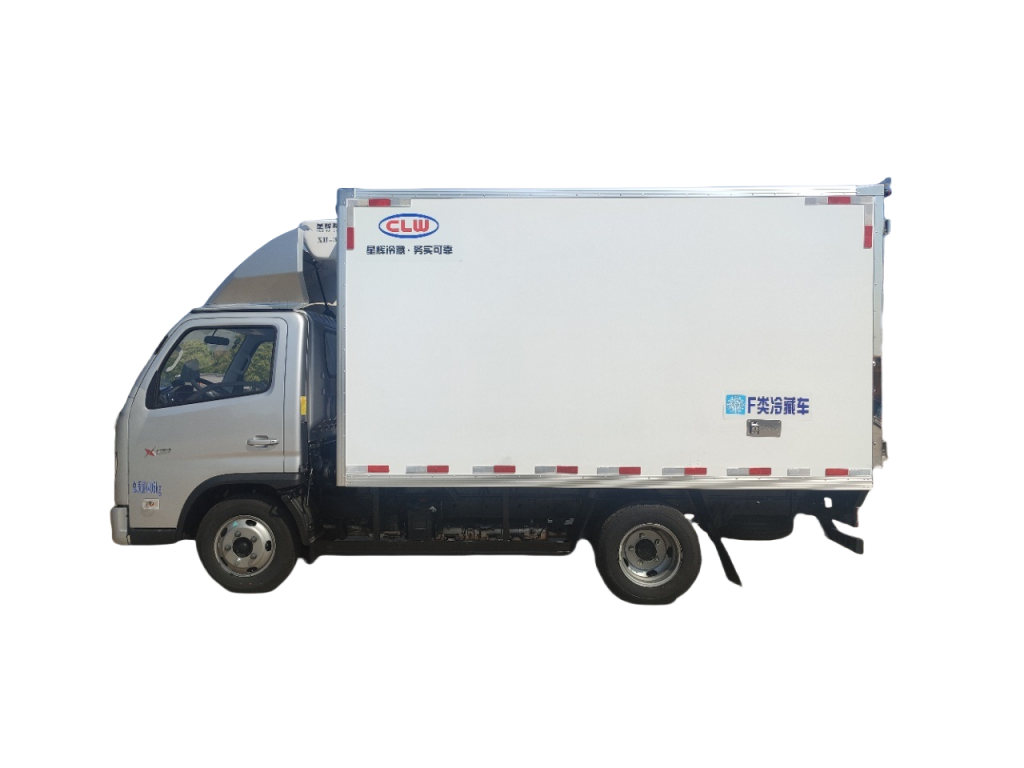Introduction
In the construction and logistics industries, crane trucks play a crucial role in lifting and moving heavy loads. The ability to accurately assess and manage the load being lifted is essential for the safety of both the operators and the surrounding environment. Load moment indicators (LMIs) have emerged as valuable tools in enhancing safety by providing real-time data on the load being lifted and the crane's stability. This article explores the importance of load moment indicators in crane truck operations, their key features, benefits, and considerations for implementation.
Understanding Load Moment Indicators
Load moment indicators, also known as load moment control systems, are devices integrated into crane trucks to monitor and display crucial information related to the load being lifted. These systems utilize sensors to measure parameters such as load weight, boom length, and angle, as well as the crane's configuration and operating conditions. By processing box truck , LMIs calculate the load moment – the force exerted on the crane's base due to the load and its position relative to the center of gravity.
The primary function of a load moment indicator is to provide the crane operator with real-time feedback on the load being lifted, helping them make informed decisions to ensure safe and efficient operations. LMIs typically feature visual and audible alarms to alert operators of potential overload or instability conditions, allowing them to take corrective action promptly.
Key Features of Load Moment Indicators
Load moment indicators come in various configurations and with a range of features designed to enhance safety and productivity in crane truck operations. Some of the key features of LMIs include:
1. Load Weight Monitoring: LMIs can accurately measure the weight of the load being lifted, allowing operators to ensure that they stay within the crane's safe working load limits.
2. Boom Length and Angle Monitoring: By monitoring the boom length and angle, LMIs provide critical data on the crane's configuration and position, helping operators avoid overloading or tipping hazards.

3. Load Radius Calculation: LMIs calculate the load radius – the horizontal distance from the crane's center of rotation to the load – which is essential for determining the load moment and ensuring stability.
4. Operation Envelopes: Load moment indicators display operation envelopes that show the safe working limits of the crane based on factors such as load weight, boom length, and angle, helping operators avoid unsafe conditions.
5. Alarms and Alerts: LMIs feature visual and audible alarms to warn operators of potential overload, tip-over, or other hazardous conditions, prompting them to take corrective action.
Benefits of Load Moment Indicators
The integration of load moment indicators in crane trucks offers a wide range of benefits that contribute to improved safety, efficiency, and compliance with industry regulations. Some of the key benefits of LMIs include:
1. Enhanced Safety: Load moment indicators provide operators with real-time data and alerts to prevent overloading, tip-overs, and other unsafe conditions, reducing the risk of accidents and injuries.
2. Increased Productivity: By enabling operators to work confidently within safe working limits, LMIs help streamline operations and minimize downtime due to safety-related issues.
3. Compliance with Regulations: Many industry regulations and standards mandate the use of load moment indicators on crane trucks to ensure safe lifting practices and protect workers and the public.
4. Reduced Liability: By implementing LMIs, companies can demonstrate a commitment to safety and compliance, reducing the risk of liability in the event of accidents or violations.
5. Operator Training and Support: Load moment indicators can be valuable training tools for crane operators, helping them develop a better understanding of load dynamics and safe operating practices.
Considerations for Implementation
When considering the implementation of load moment indicators in crane trucks, several factors should be taken into account to ensure optimal performance and compliance with safety standards. Some key considerations include:
1. System Compatibility: Ensure that the selected load moment indicator is compatible with the crane truck's make and model, as well as any other equipment or accessories that may affect load monitoring.
2. Calibration and Maintenance: Regular calibration and maintenance of the LMI system are essential to ensure accurate readings and reliable performance in all operating conditions.
3. Operator Training: Provide thorough training to crane operators on the proper use of load moment indicators, including interpreting data, responding to alarms, and understanding safe working limits.
4. Integration with Other Safety Systems: Consider integrating the LMI system with other safety features, such as anti-two block devices, to enhance overall safety and risk mitigation.
5. Regulatory Compliance: Ensure that the load moment indicator meets relevant industry standards and regulations for crane truck operations, and keep documentation of compliance for inspections and audits.
Conclusion
Load moment indicators are invaluable tools for enhancing safety, efficiency, and compliance in crane truck operations. By providing operators with real-time data on load weight, boom configuration, and stability, LMIs help prevent accidents, optimize lifting operations, and protect both personnel and property. Companies that prioritize the implementation of load moment indicators demonstrate a commitment to safety and best practices in crane truck operations, leading to improved outcomes and reduced risk in the workplace.
